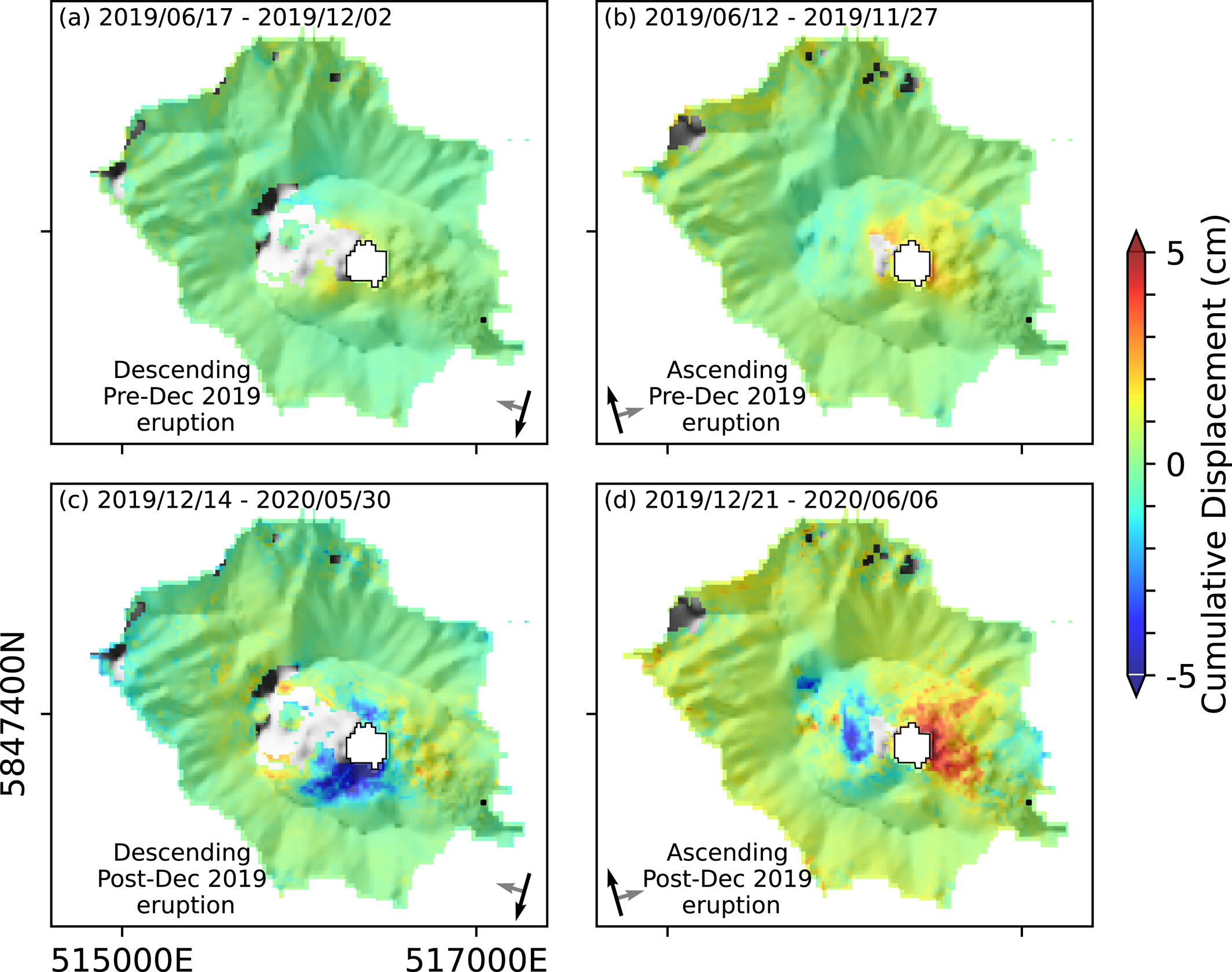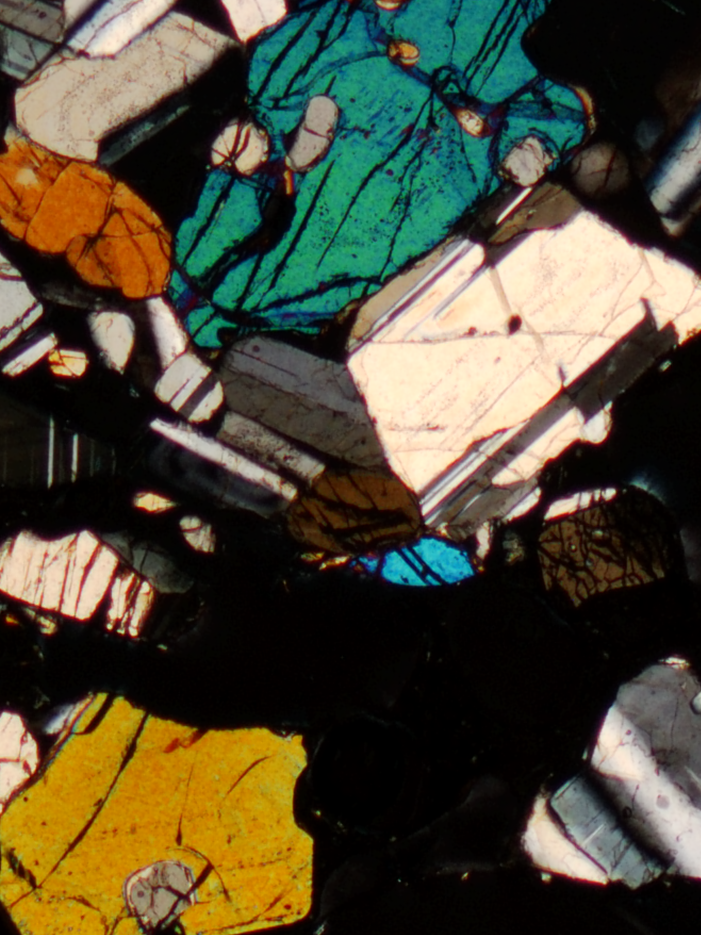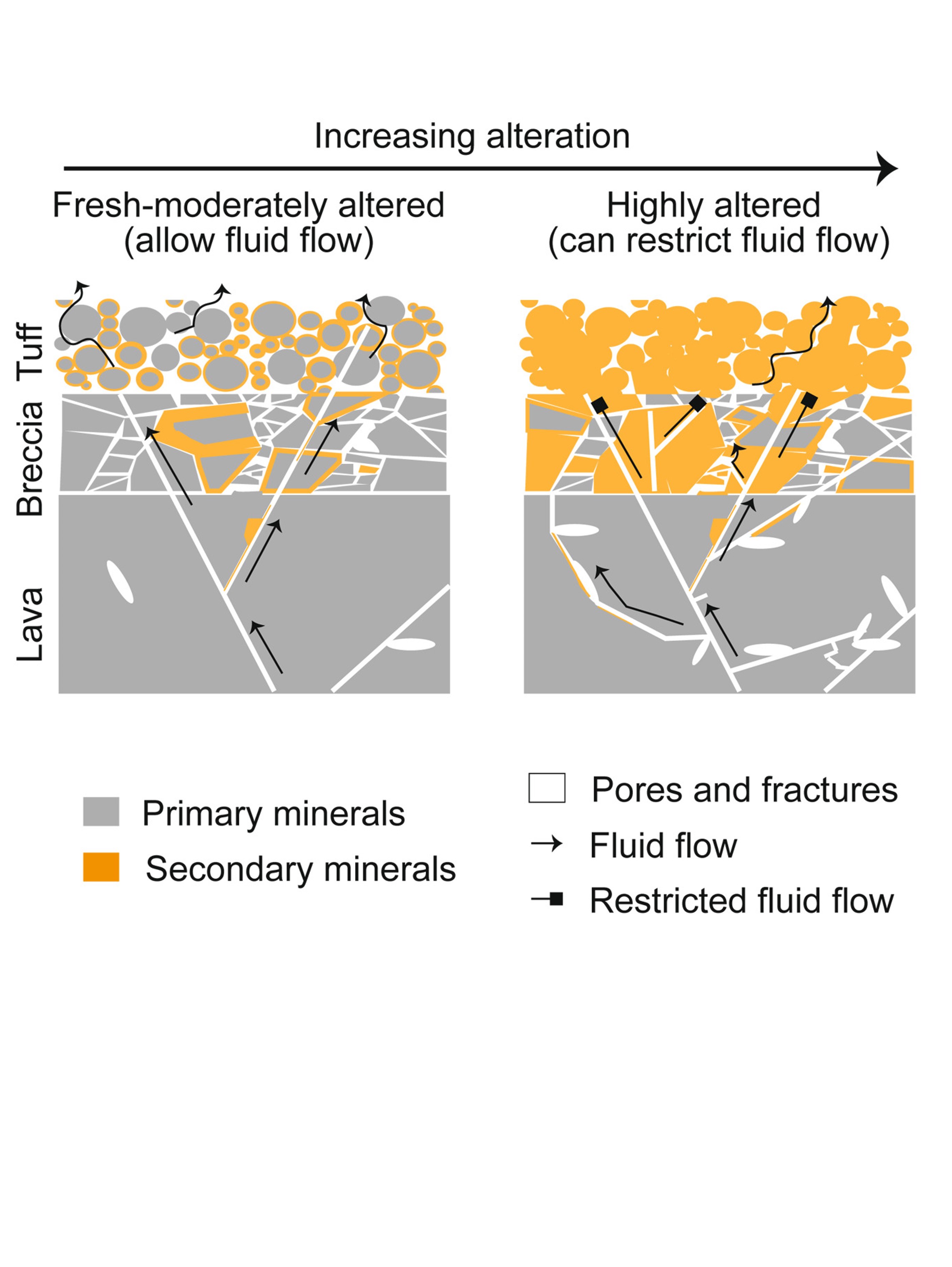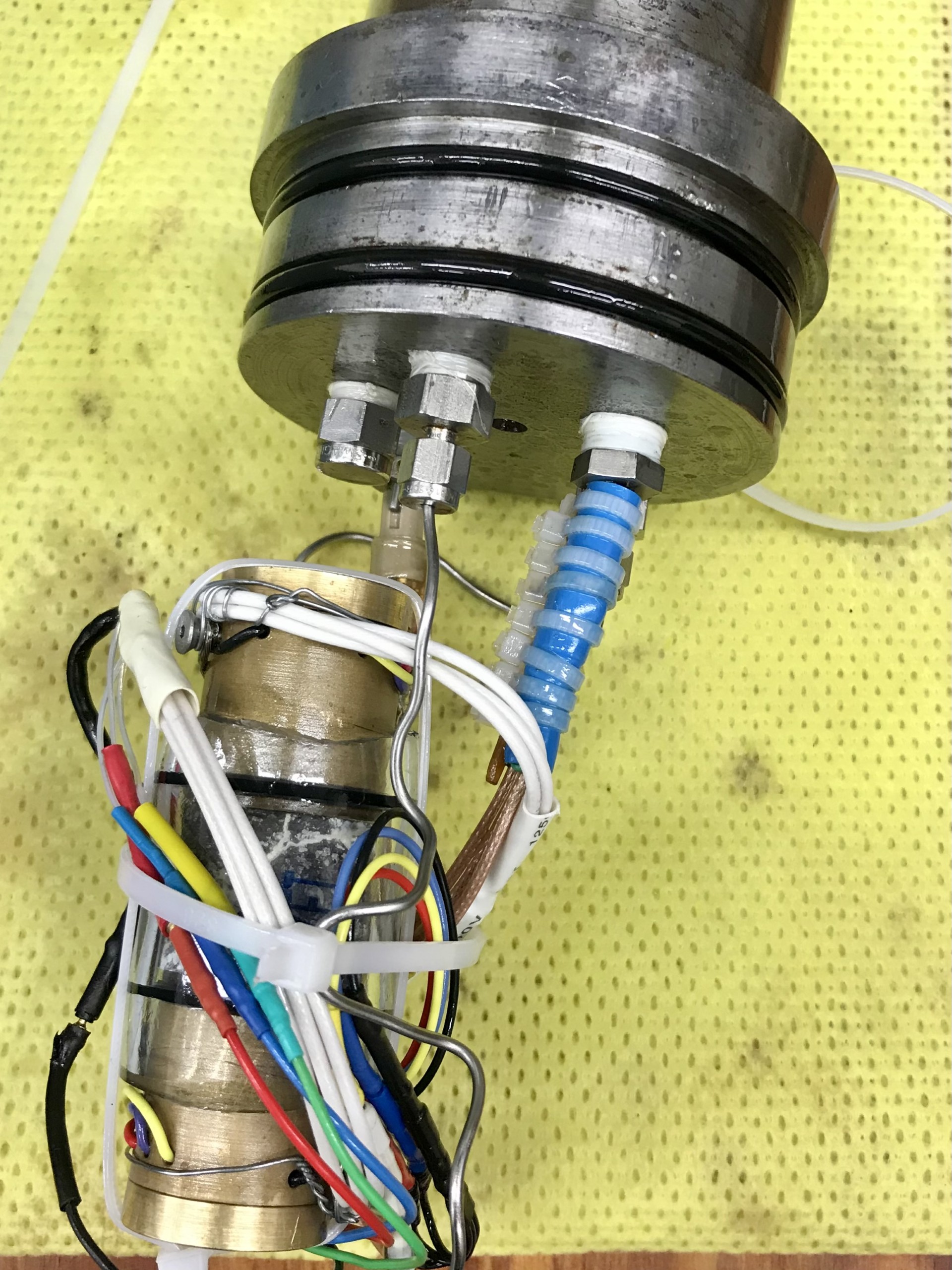Research Themes
My research aims to illuminate fundamental aspects or behaviors of the Solid Earth. I utilize multi-disciplinary methods from across rock physics, remote sensing, geophysics, geomechanics, geochemistry, and paleomagnetism, to unravels dynamic processes at play on active volcanoes, fault zones, as well as carbon-dioxide sequestration sites.
Listed below are active areas of my research. I am always open to exploring new questions. I believe that the best research is often a collaborative effort, and I welcome the opportunity to work with others to better characterize and monitor the Earth's dynamic subsurface environments. Your ideas and insights are always valued in my research.
Geohazard assessment and monitoring
How do geohazards develop and evolve at high-risk volcanoes? How can we assess and monitor these dynamic hazards at societally relevant timeframes?
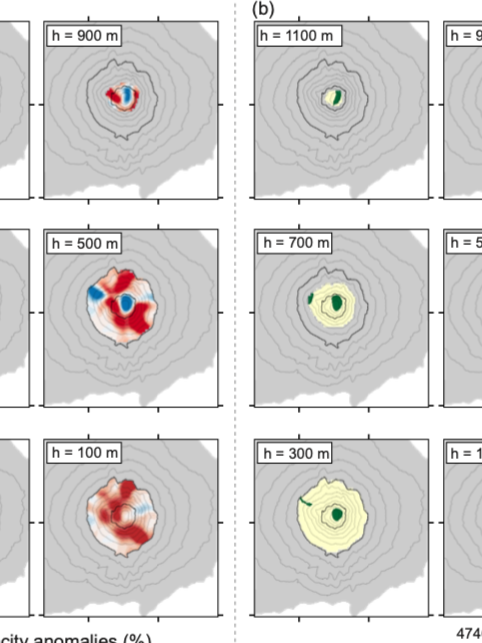
Scenario-based volcano slope stability hazard analysis
Hydrothermal alteration and its geophysical signatures at active volcanoes
How does hydrothermal alteration change the physical and chemical properties of rocks in various volcano-tectonic settings? What are the implications of these changes on volcanic hazards? How would these geological changes manifest in geophysical data?
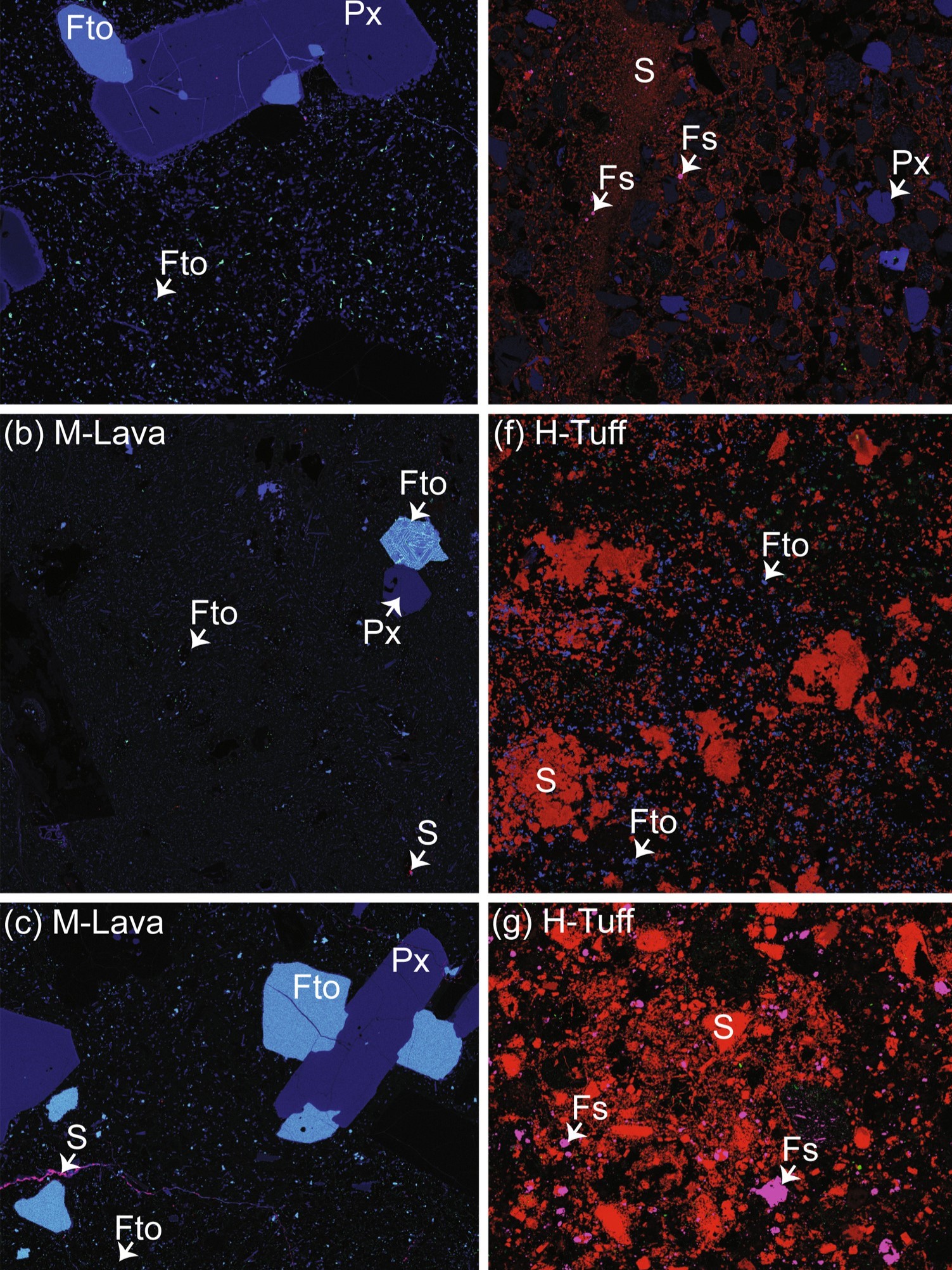
High remanent magnetization measured in hydrothermally altered lavas
Petrophysical and elastic properties of altered lavas from Mt. Taranaki: Implications for dome stability
Rock deformation
How do rocks behave under various temperature and pressure conditions? How does this behavior affect fluid flow and deformation? How can we best connect laboratory and field data with modeling to monitor and understand the implications of rock deformation in different settings (e.g., volcanoes, fault zones)?
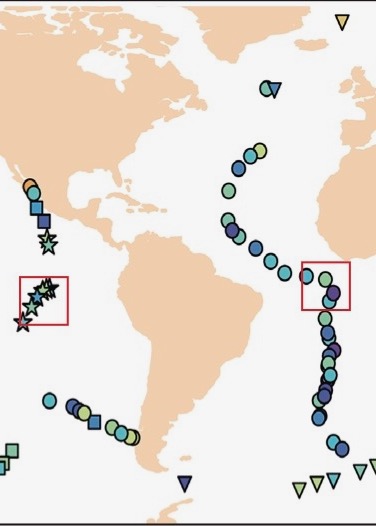
Petrophysical Constraints on slip behavior of fast-& slow-spreading Oceanic Transform Faults
Slip behavior of oceanic transform faults
What mechanisms cause some patches on oceanic transform faults to slip seismically (causing earthquakes) while other patches creep aseismically? How do earth materials modulate the accomodation of plate motion through such a combination of seismic and aseismic slips?

Petrophysical Constraints on slip behavior of fast-& slow-spreading Oceanic Transform Faults
Experimental rock-fluid interactions for Sustainable Energy Transition
How can we simulate rock-fluid interactions occurring in nature to advance our understanding of the solid Earth and develop environmental solutions? How do rock-fluid interactions change the properties of igneous rocks? How can we actively monitor changes in the subsurface permeability and chemistry related to rock-fluid interactions?
